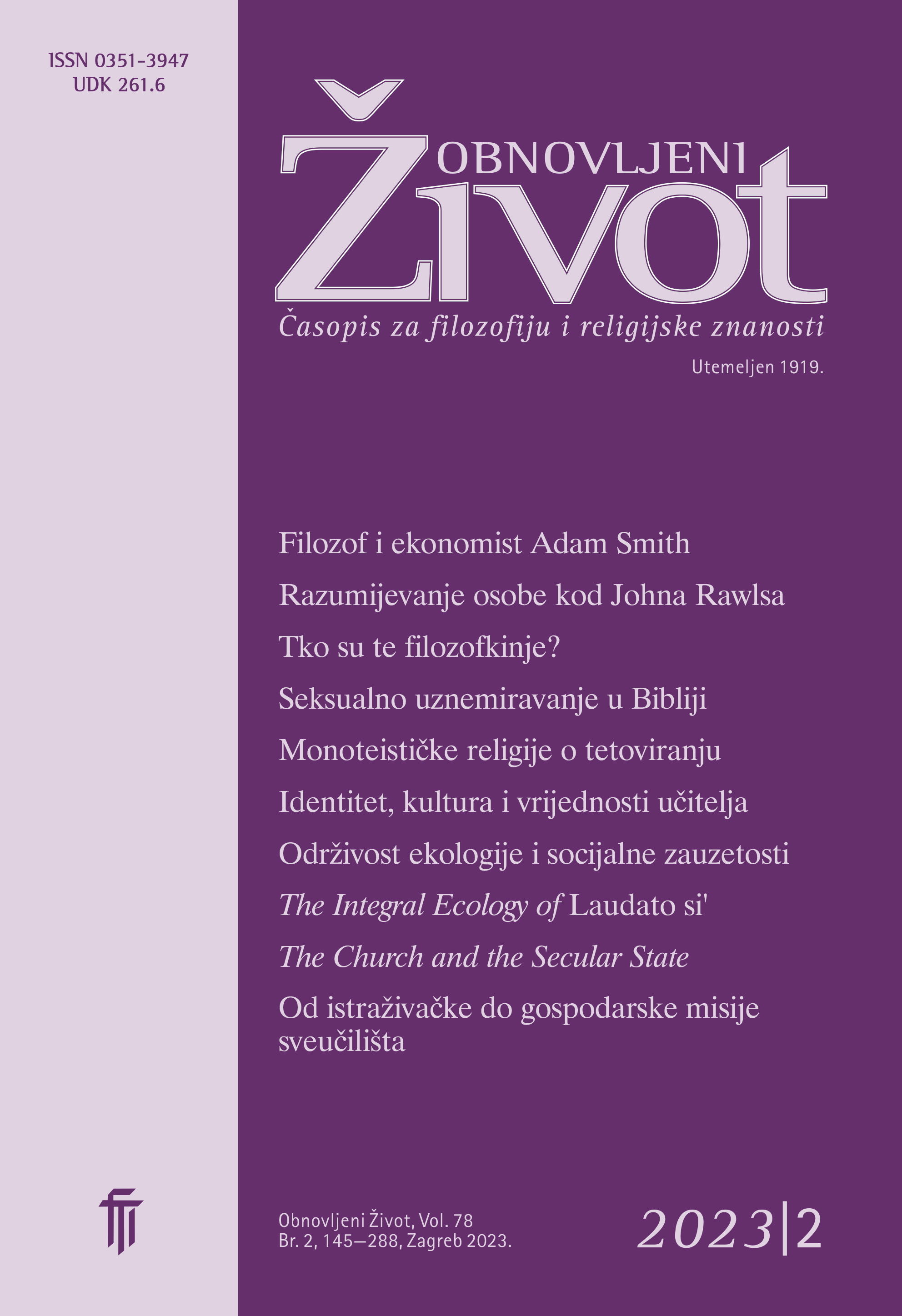A Codicological Description of the Second Novi Breviary (1495)
The History of Late Medieval Croatian Glagolitic Liturgical Codices
Keywords:
Second Novi Breviary, Mavro Breviary, Croatian Glagolitic Breviaries, codicological description, liturgical codices, late Middle AgesAbstract
The main elements of codicological description (writing support, codex format, marking of tomes, binding, foliation, glagolitic records and paschal table) of thesecond novi breviary (1495) were compared with the results of a codicological analysisof the mavro breviary (1460), the aim of which was to deepen current knowledgeon the practice of shaping and using late medieval croatian glagolitic liturgical codices. In both breviaries, similarities to the western european medieval practice ofshaping liturgical codices have been confirmed, when it comes to choosing the writingsupport, the application of gregorys law, the marking of tomes and additionalfoliation. Diversity of the shape and embellishment of catchwords, as well as thepractice of recording data on the client, scribe and place where the codex was written, are indicators of the freedom and a greater or lesser scribal inventiveness in thesetwo breviaries. Differences in format and binding are due to the difference in theirpurpose. An important source for the history of both breviaries, but also for culturaland ecclesiastical history as well as history in general, are also the younger cursiveglagolitic records containing parish register data in their calendars. The results ofan analysis of the remaining codicological elements (page layout: lining, text field, columns, rows, column spacing, margins, illumination) of the selected breviaries willcontribute to further deepening our knowledge on the practice of shaping and usinglate medieval croatian glagolitic liturgical codices.
Downloads
Published
Issue
Section
License
Jednom prihvaćeni članak obvezuje autora da ga ne smije objaviti drugdje bez dozvole uredništva, a i tada samo uz bilješku da je objavljen prvi put u Obnovljenom životu. Uredništvo će obavijestiti autora o prihvaćanju ili neprihvaćanju članka za objavljivanje.
Članci objavljeni u časopisu se, uz prikladno navođenje izvora, smiju besplatno koristiti u obrazovne i druge nekomercijalne svrhe.


